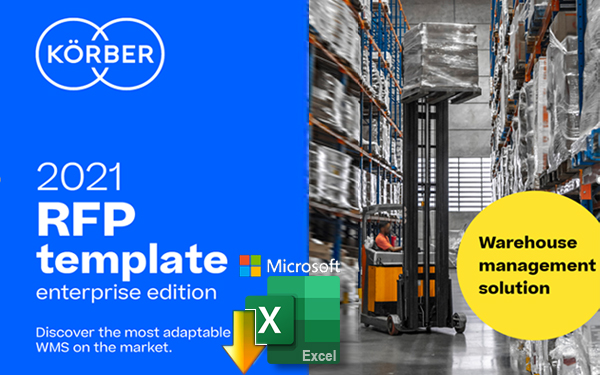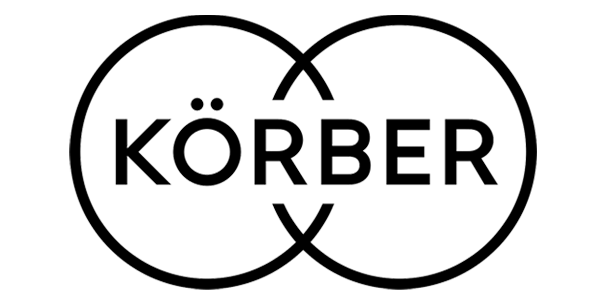Simplifying Supply Chain Complexities with an Order Management System for Omnichannel Fulfillment

The last few years in commerce have been a whirlwind in many ways, just three years ago we first heard terms like “curbside pickup” and “contactless” shopping experiences with Omnichannel fulfillment taking center stage.
What is Omnichannel Fulfillment?
Omnichannel is a centralized strategy that enables businesses to coordinate, streamline, simplify, and speed up the fulfillment of orders that have been placed through different channels (online, retail, etc.).
It is making use of inventory that is the easiest/fastest to get to the customer, no matter through which channel the order was placed.
This strategy allows logistics providers to remain agile, optimize fulfillment workflows and efficiently handle orders received from multiple selling channels in a single facility.
Numerous supply chain disruptions affected the ability to get inventory in time - or at all - and now that the backlog caught up, many organizations are experiencing a surplus of inventory.
Of course, the key to inventory is having the right amount in the right location at the right time to meet customer demand, or face overstocks, high holding costs, and eventual markdowns - or alternatively, overpromising, stockouts, and lost sales.
So how can an Order Management System (OMS) give you an upper hand in the market? First, let’s outline the core functionality of an OMS.
What Does an Order Management System Do?
An OMS coordinates the essential functions of an order from browsing and buying, to unboxing and beyond:
- Centralized inventory management and visibility (one view)
- Optimized order orchestration and advanced routing logic
- Improved omnichannel fulfillment
- Customer service portal with 360-view of the customer
Centralized Inventory Management
One of the benefits of a modern OMS is centralized inventory across the business.
So, if an organization has multiple inventory sources (warehouses, stores, drop shipping, Fulfillment by Amazon (FBA), etc.) they have a singular view of inventory and can call that singular file to determine the best place to fulfill orders.
Even beyond standard visibility, advanced features like dynamic inventory allocation (DIA) offer the ability to virtually segment your inventory based on previous analytics and future forecasting and adjust inventory levels accordingly.
Increased Revenue with Omnichannel Fulfillment
Studies show that omnichannel shoppers are known to spend more in both cart size (average order value) and customer lifetime value (CLV).
So, uncovering how to engage buyers across multiple channels benefits the buyer in terms of convenience and the vendor in terms of revenue (read: a win-win situation.)
An order management system powers extensive fulfillment methodologies like buy online pick up in store (BOPIS), curbside pickup, ship from store, micro fulfillment centers, and dark stores - enabling buyers to determine the channel and delivery method apropos to their purchasing situation.
Need diapers delivered overnight? No problem. Been eyeing that golf club but only need it in time for your golf outing next week. You got it. Want to order a birthday gift and pick it up before the party? My pleasure.
Lower Cost to Fulfill via Order Orchestration and Distributed Order Management (DOM)
Amidst a looming economic downturn and potential consumer pullback, many organizations are evaluating ways to improve margins by lowering costs.
While omnichannel fulfillment can be convenient for consumers and save the proverbial sale, it does not mean the omnichannel is always the most cost-effective way to serve a customer.
That is where an OMS’s order orchestration engine comes into play.
Order orchestration helps determine how and where is the best place(s) to fulfill an order.
Configurability to this engine within the user interface can become a key competitive advantage and market agility.
Being able to adjust the “rules” behind routing to respond to surging market costs can protect margins while not sacrificing the customer experience.
For example, if a warehouse in Florida shuts down due to a pending hurricane, you can turn off that node and reroute orders to the next-best location.
If your analytics indicate that customers in a certain region are more likely to leverage pickup orders, perhaps you increase the capacity that the store can handle and staff accordingly.
An OMS provides the technology to respond in an agile manner to the market, your business, and your buyers.
Faster and Simpler Channel Expansion
Online commerce marketplaces have soared in popularity and continue to grow at a steady pace.
Read Morgan Stanley's: Here's Why E-Commerce Growth Can Stay Stronger for Longer
Yet often times integrating into a new channel is complex and may require extensive integration work.
A modern OMS should bring standardization to integrations including system-to-system, marketplace connectors, or native dropship capabilities.
This is where an integration Platform as a Service (iPaaS) can drive competitive advantage by reducing the time to “extend” your commerce systems to a new channel.
Simplifying Supply Chain Complexities
The more complex your supply chain processes, the more value an OMS usually brings.
And while order management is still far from being “simple”, it provides companies more control over how they want to run their business versus the challenge of limited functionality in systems, not built-for-purpose.
Summary
While order management has become more commonplace in commerce, many organizations have yet to unlock the competitive advantage an Order Management System brings.
Helping Brands Grow their Online Sales with e-Logistics & Readymade Fulfillment
Related Resources
Warehouse Request for Proposal Template
The decision to purchase a warehouse management system (WMS) is a critical initiative for your company’s success, the 2021 WMS RFP Template empowers you to objectively grade prospective vendors on the solutions they offer. Download Now!
The Ultimate Guide & Best Practice for Selecting an Order Management Systems
In these two 'papers we discuss everything retailers need to know about an order management system, and how to select the best OMS that enable enables rapid omnichannel transformation and profitability. Download Now!
Third-Party Logistics and Ecommerce
In this white paper, we describe how 3PL providers can use supply chain technology to address the challenges of ecommerce. Download Now!
More Resources from Korber Supply Chain
Related Article: Supply Chain Leaders Learn From Today’s Ecommerce Challenges to Provide Future Innovation and Growth

















